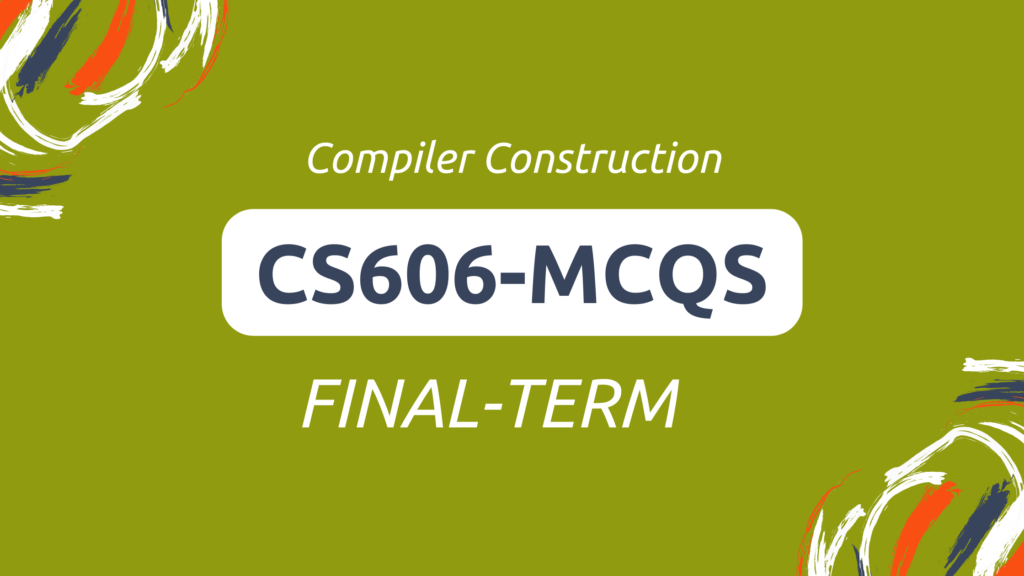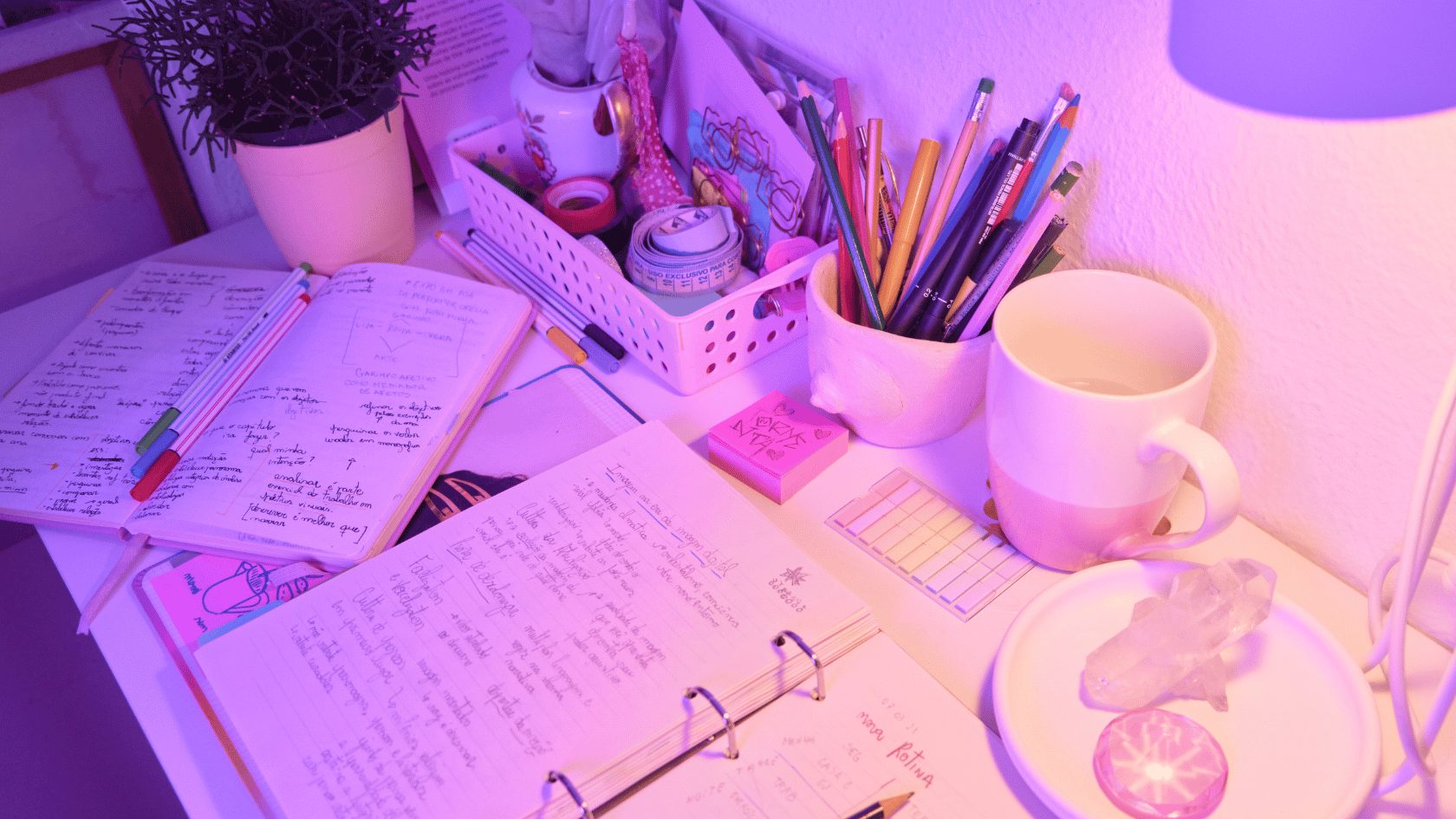1. NFA of LR(1) items means ___
- no look-ahead
- look-ahead one symbols ✔
- look-ahead all symbols
- None
2. In the Parsing Table, the rows correspond to Parsing DFA states and columns correspond to ___
- Terminals and Non-terminals ✔
- Start Symbol and its derivation
- Handles and derivations
- None
3. A grammar is LR if a ___ shift reduce-reduce parser can recognize handles when they appear on the top of the stack
- left-to-reverse
- left-to-rise
- left-to-right ✔
- None
4. If / is a set of items for grammar then closure(/) is a set of items constructed from / by the following rule.
- If A-> aX.Y is in closure(/) and Y->r is production, then add X->.r to closure(/)
- If A->a.XY is in closure(/) and X->r is production, then add X->.r to closure(/) ✔
- If A->aXY. is in closure(/) and A->r isproduction, then add X->.r to closure(/)
- None
5. Suppose ? begins with symbol X which may be a terminal (token) or non-terminal. The item can be written as A?Xa.?
- True ✔
- False
6. A handle is a substring that matches a ___ side of production rule in the grammar.
- right hand✔
- left hand
7. If T->XYZ is a production of grammar G then which of the following item indicates that a string derivable from X has been seen so far on the input and we hope to see a string derivable from YZ next on the input.
- T->.XYZ
- T->X.YZ ✔
- T->XY.Z
- T->XYZ.
8. In the canonical collection procedure, a DFA can not be constructed from NFA using the subset construction, similar to the one we used for lexical analysis.
- True
- False ✔
9. Suppose ? begins with symbol X which may be a terminal (token) or non-terminal. The item can be written as ___
- A?a.X?
- A?Xa.? ✔
- A?X?.
- X?Aa.?
10. If / is a set of items for grammar then closure(/) is a set of items constructed from / by the following rule.
- Every item in / is in closure(/) ✔
- Every item in / is not in closure(/)
- Only one item in / is in closure(/)
- None
11. NFA of LR(0) items means ___
- no look ahead symbol ✔
- look ahead one symbol
- look ahead all symbols
- All of the given




